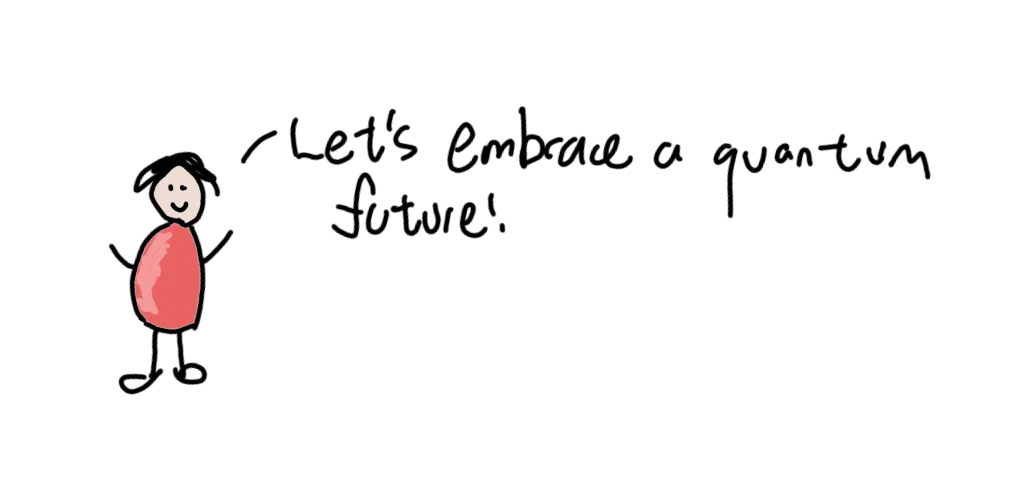
Search
Can't find what you're looking for? Ask for help.
Can't find what you're looking for? Ask for help.
Don't have an account? We will create one for you.
Enter the OTP send to
in seconds. Check your spam folder if you can't find email from us.
Valid email is required for further communications